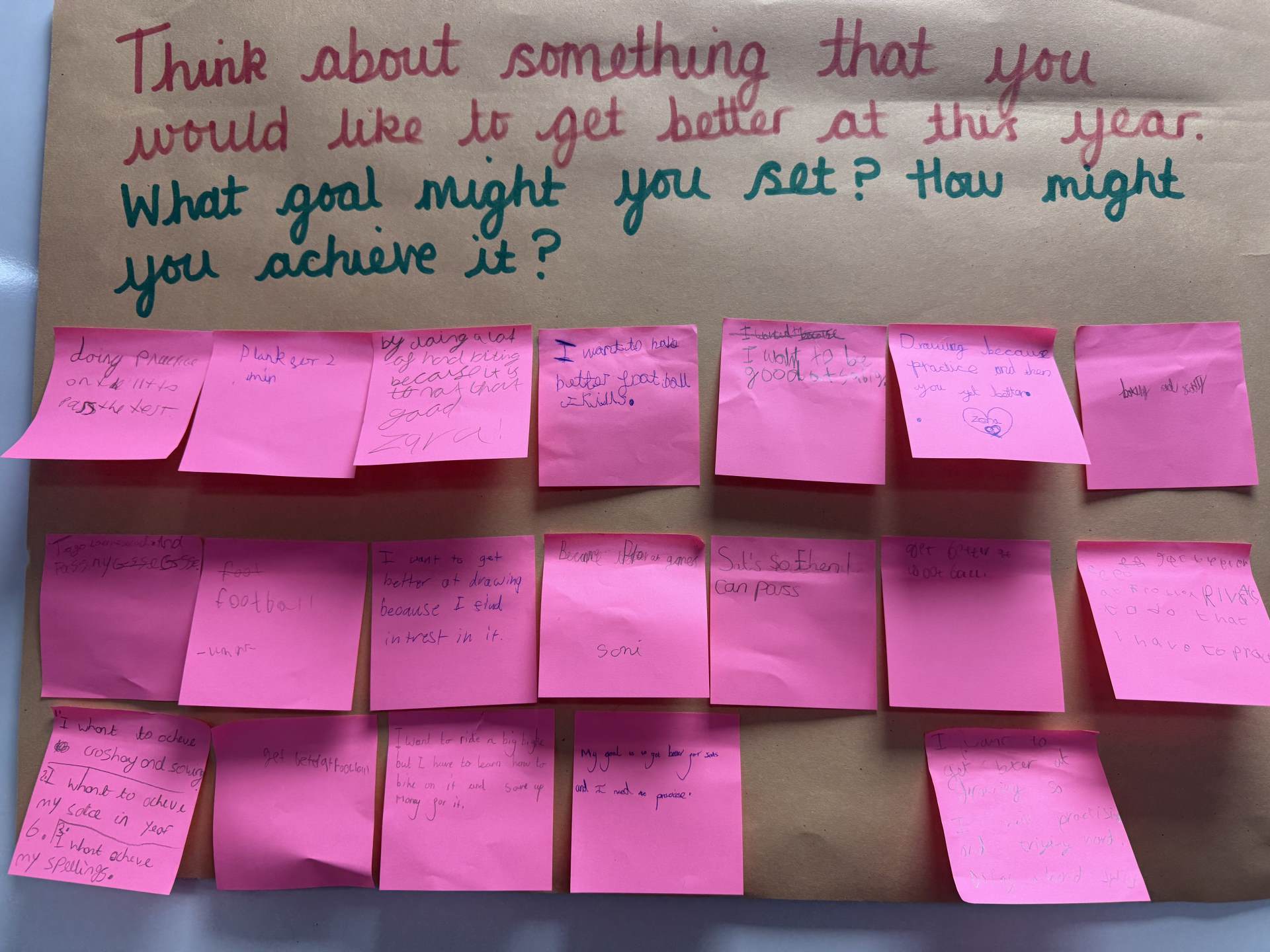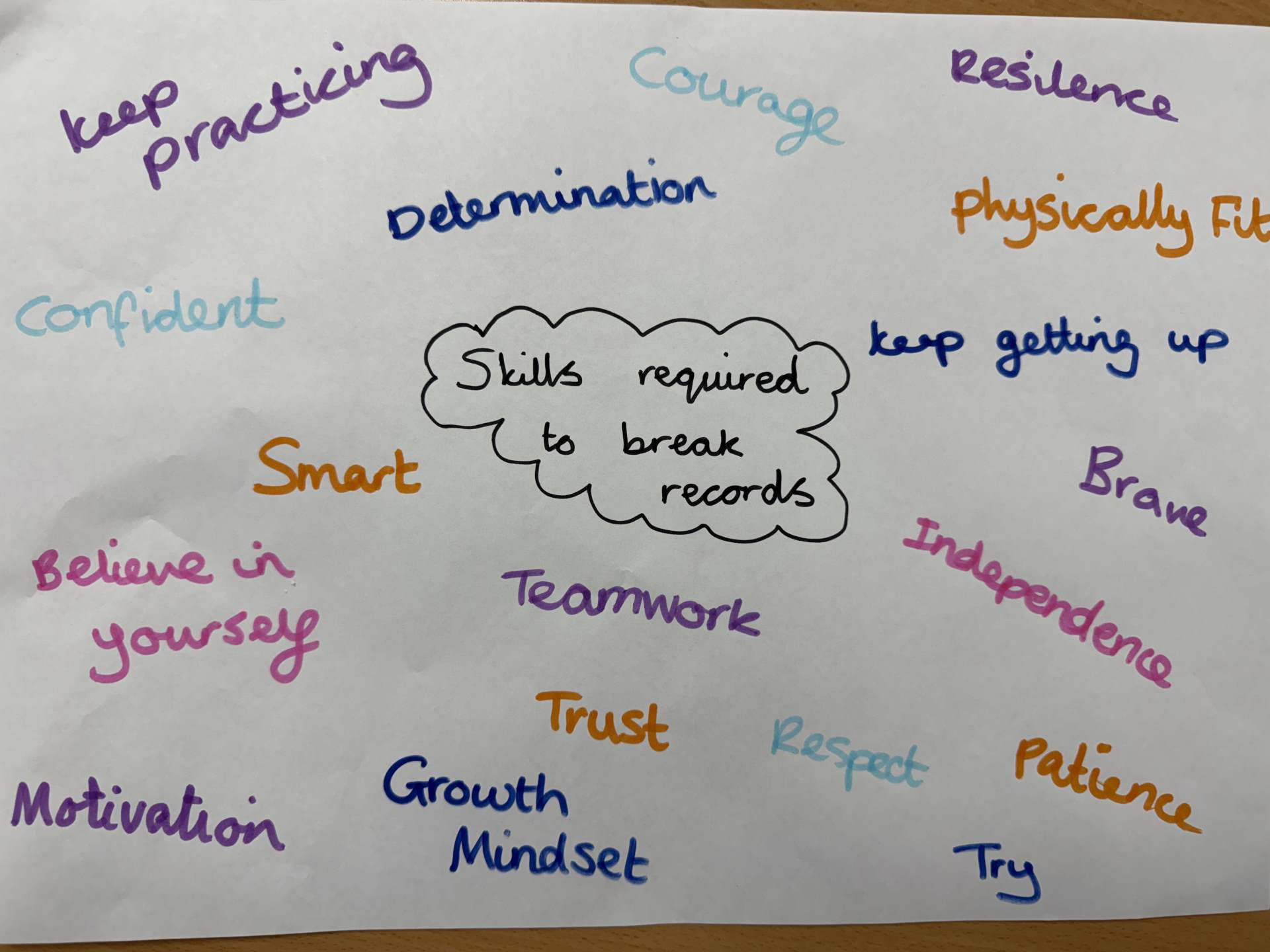Our Autumn 1 Journey
Curriculum web
Home learning web
autumn 1 home learning web.pdf
English
This half term we focus text is: 'The Man Who Walked Between the Towers.'
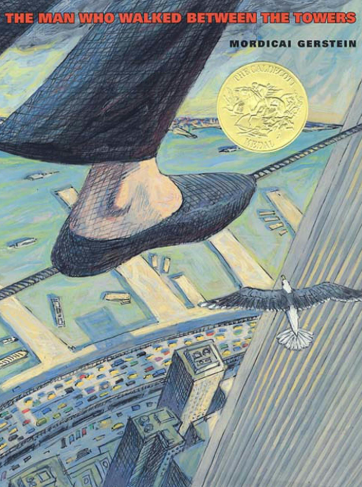
We have enjoyed making predictions on the text. You can read the text at home! Which part is your favourite? Why? How do you think Philippe Petit felt when he had achieved it? How did he show courage?
the man who walked between the two towers.pdf
Let's say...
Let’s say that you are going about your normal routine on the morning of August 7th in New York. What we do first thing in a morning to get ready for the day?
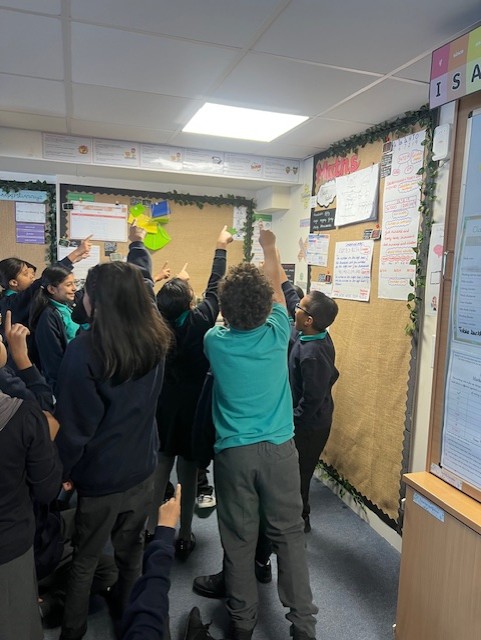
You notice people slowly begin to gather outside the World Trade Center. You spot something 1,350feet above the ground near the south tower. What is happening? Who is that person? What are they doing?
Maths
This half term we are looking at Number and Place Value:
y5 place value knowledge organiser.pdf
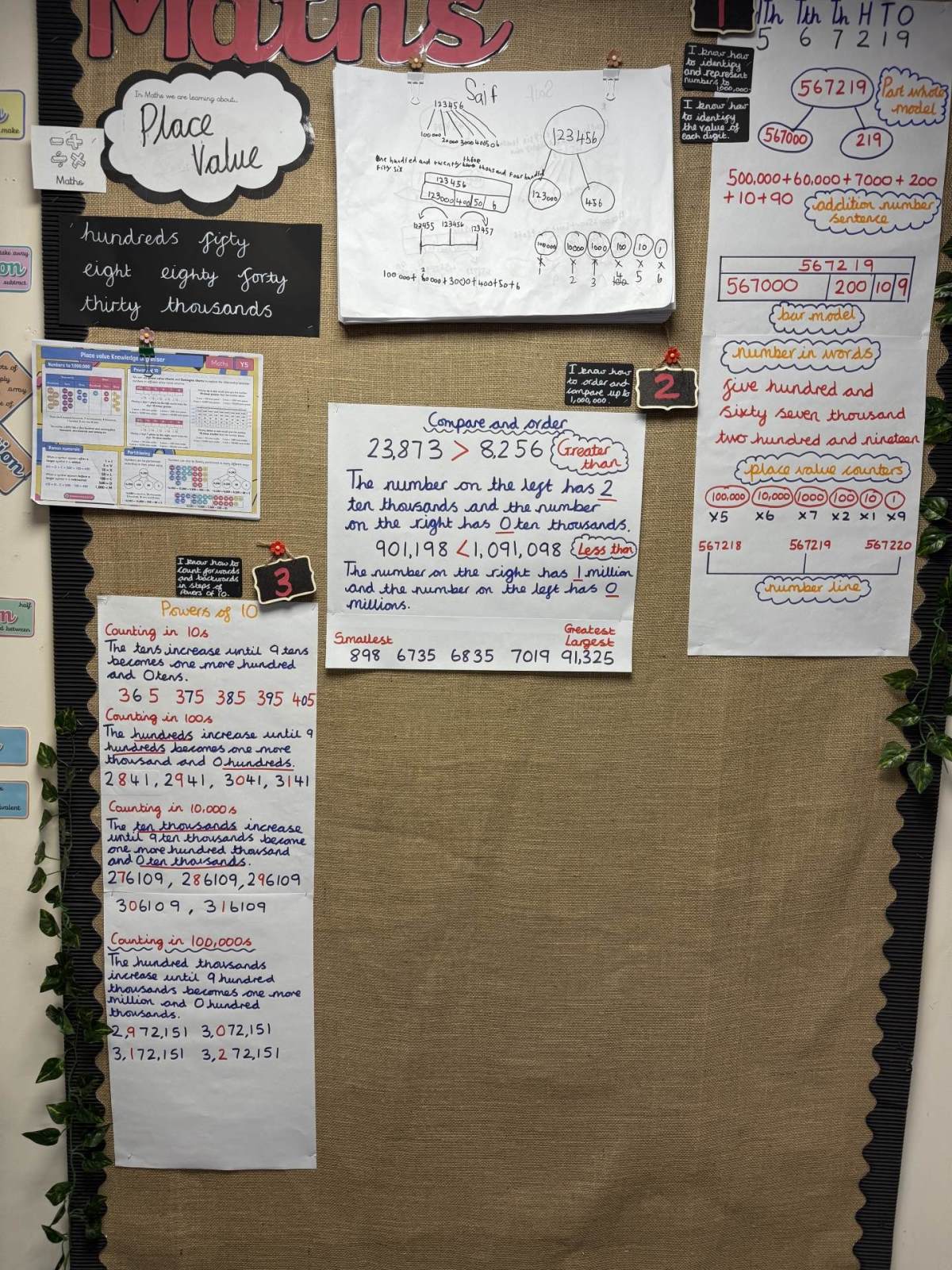
We are also looking at Addition and Subtraction:
y5 addition and subtraction ko.pdf
Science
I wonder if I can feel forces...
'Let's say' to introduce us to our Science unit.
In this lesson, we became construction workers on a mission to help our supervisor (the teacher) build a brand-new skyscraper in the middle of New York City - inspired by the iconic Empire State Building. Using imagination, teamwork, and scientific thinking, we explored how pulley systems and different types of resistance (air resistance, friction, and gravity) help move heavy materials during construction.
The lesson took an exciting turn when a steel beam got stuck mid-air, and we had to work together to solve the problem safely. Throughout this ‘let’s say’, we were challenged to think deeply using inference questions, reflecting on what workers might see, feel, and decide at every stage.
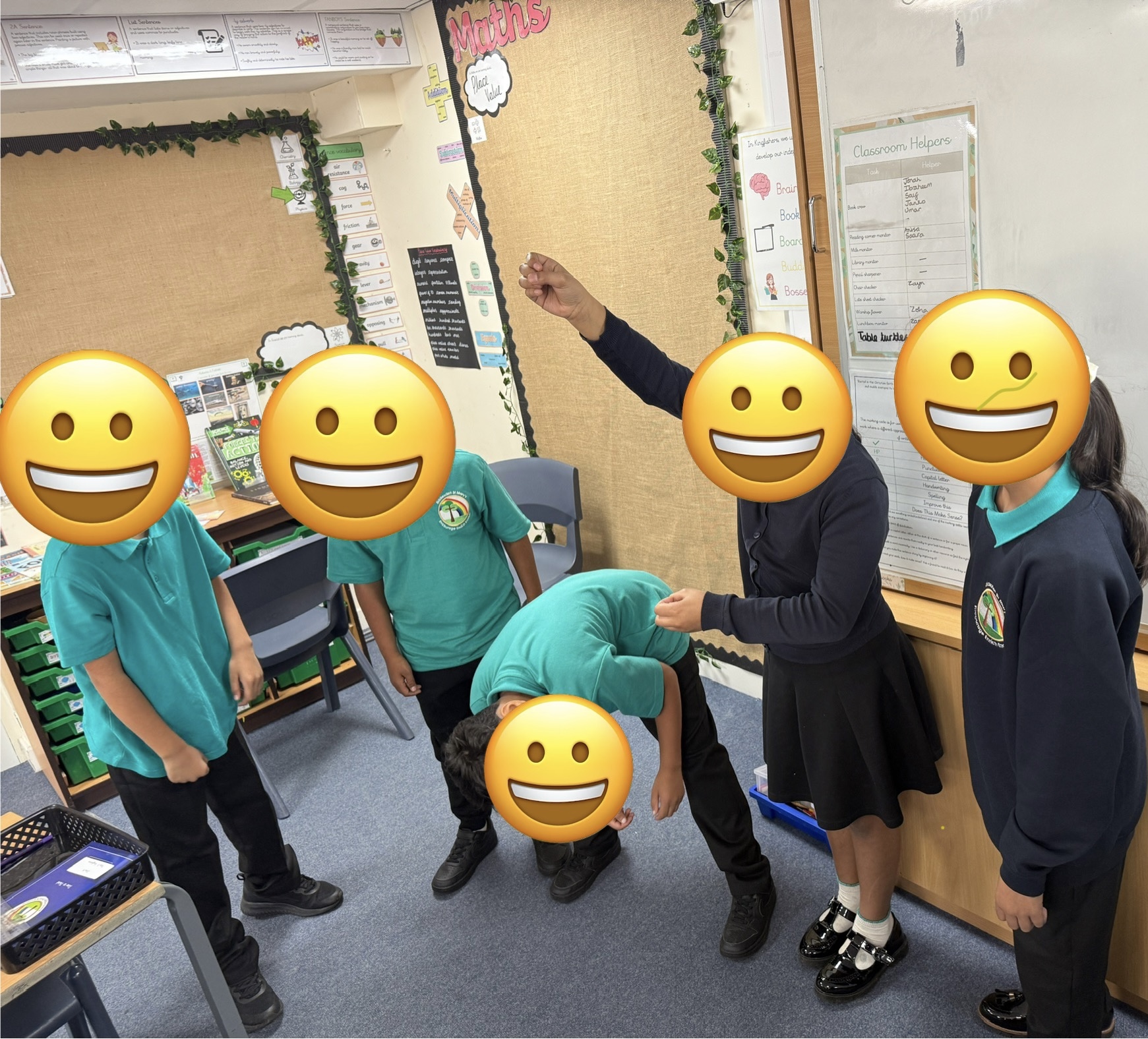
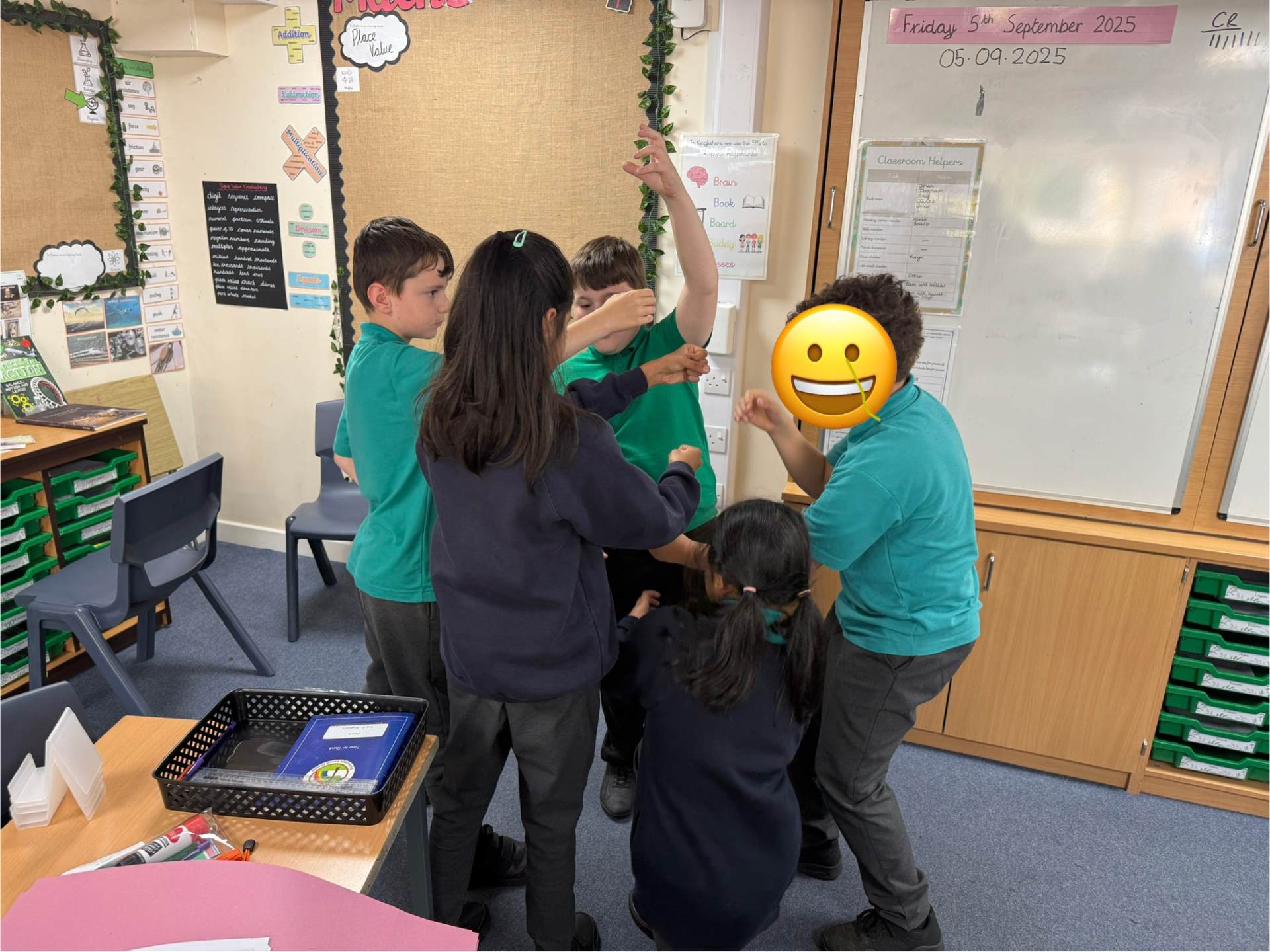
Do items with more mass fall to the ground faster or slower than those with less mass?
This week, we explored mass and gravity! We investigated whether objects with more mass fall faster or slower than objects with less mass. We learned that mass stays the same everywhere, but weight can change depending on gravity.
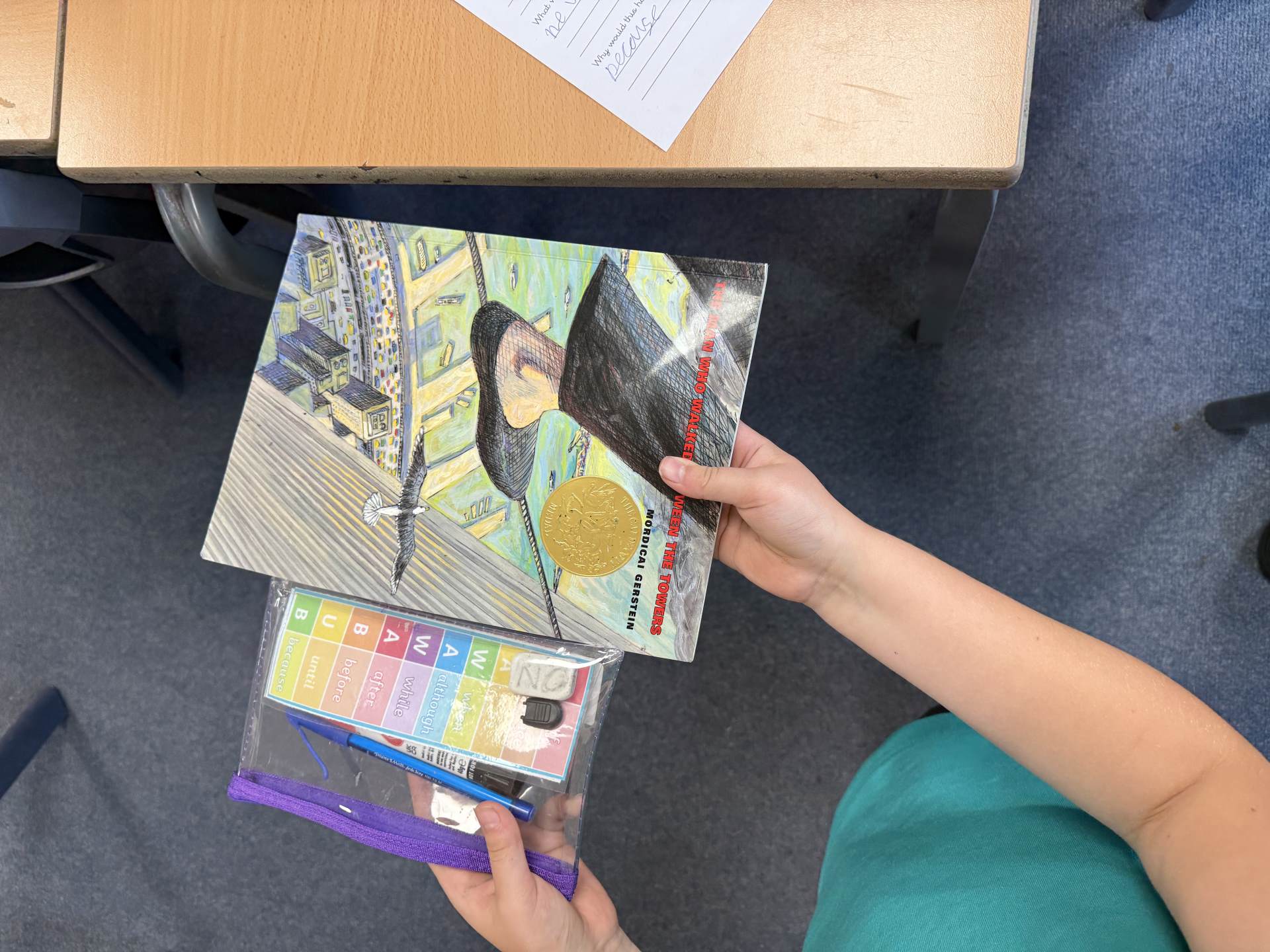
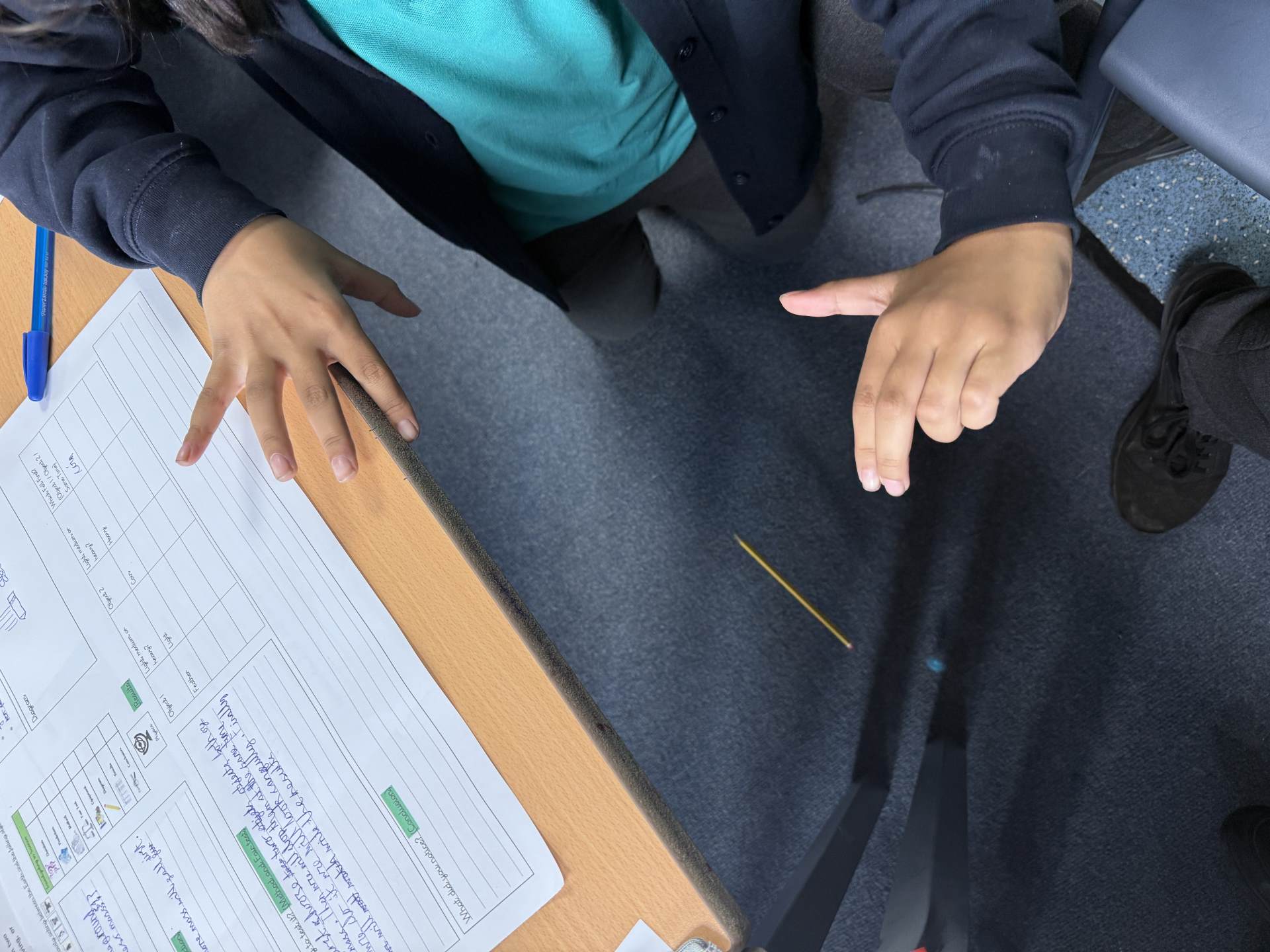
Which size parachute will help an object fall safely to the ground?
At the beginning of the lesson, we learnt about air resistance and how it acts in the opposite direction to gravity. Then, we worked in small groups to plan and investigate the question: 'Which size parachute will help an object fall safely to the ground? We talked together, as a class, about how to make it a fair test – like testing from the same height, using the same weight, and using the same materials. We made our different sized (small, medium and large) parachutes and carried out our investigation.
We really enjoyed working as a team and seeing what happened. We learned how important it is to make a test fair and how small changes can affect the results.
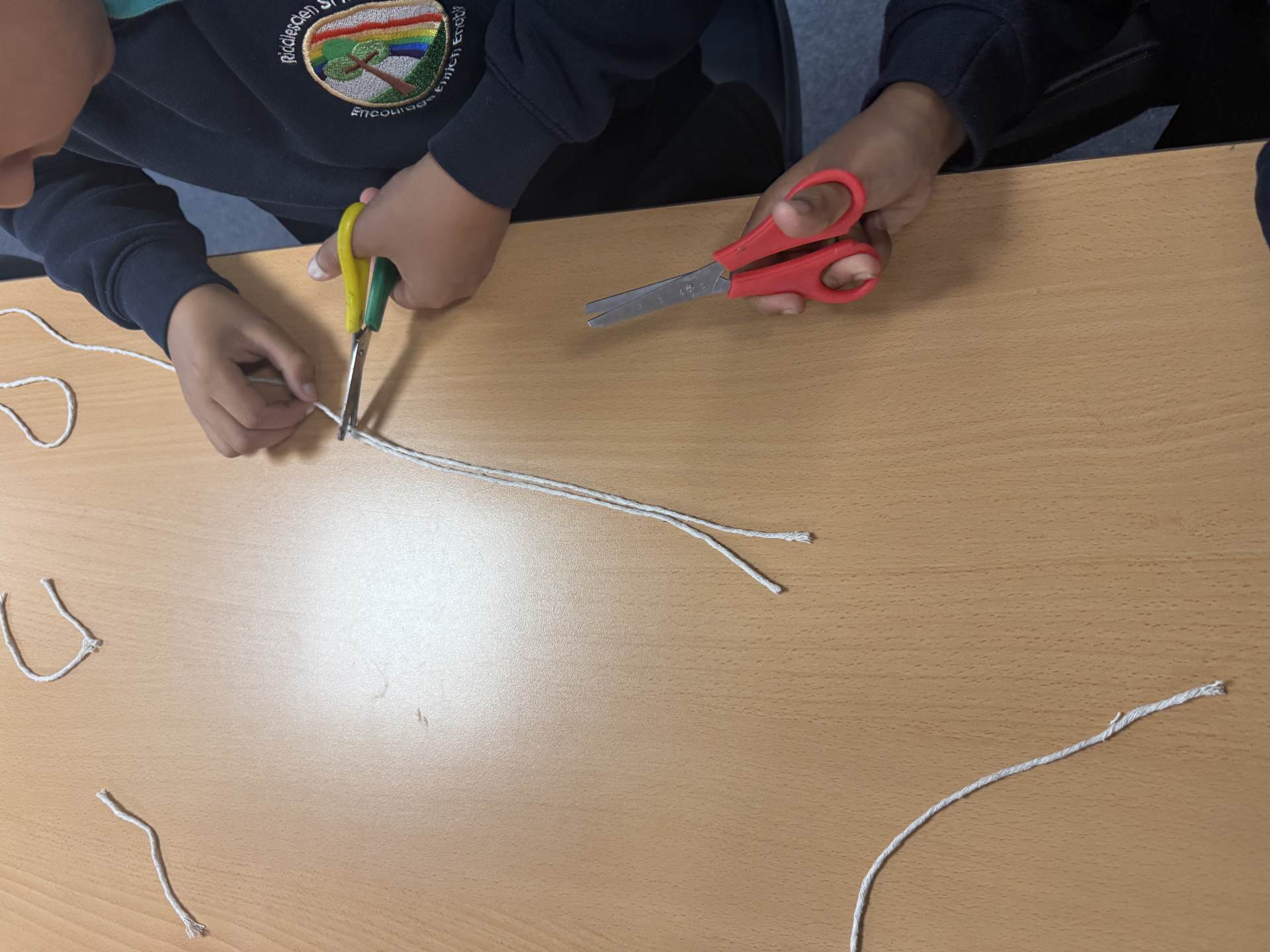
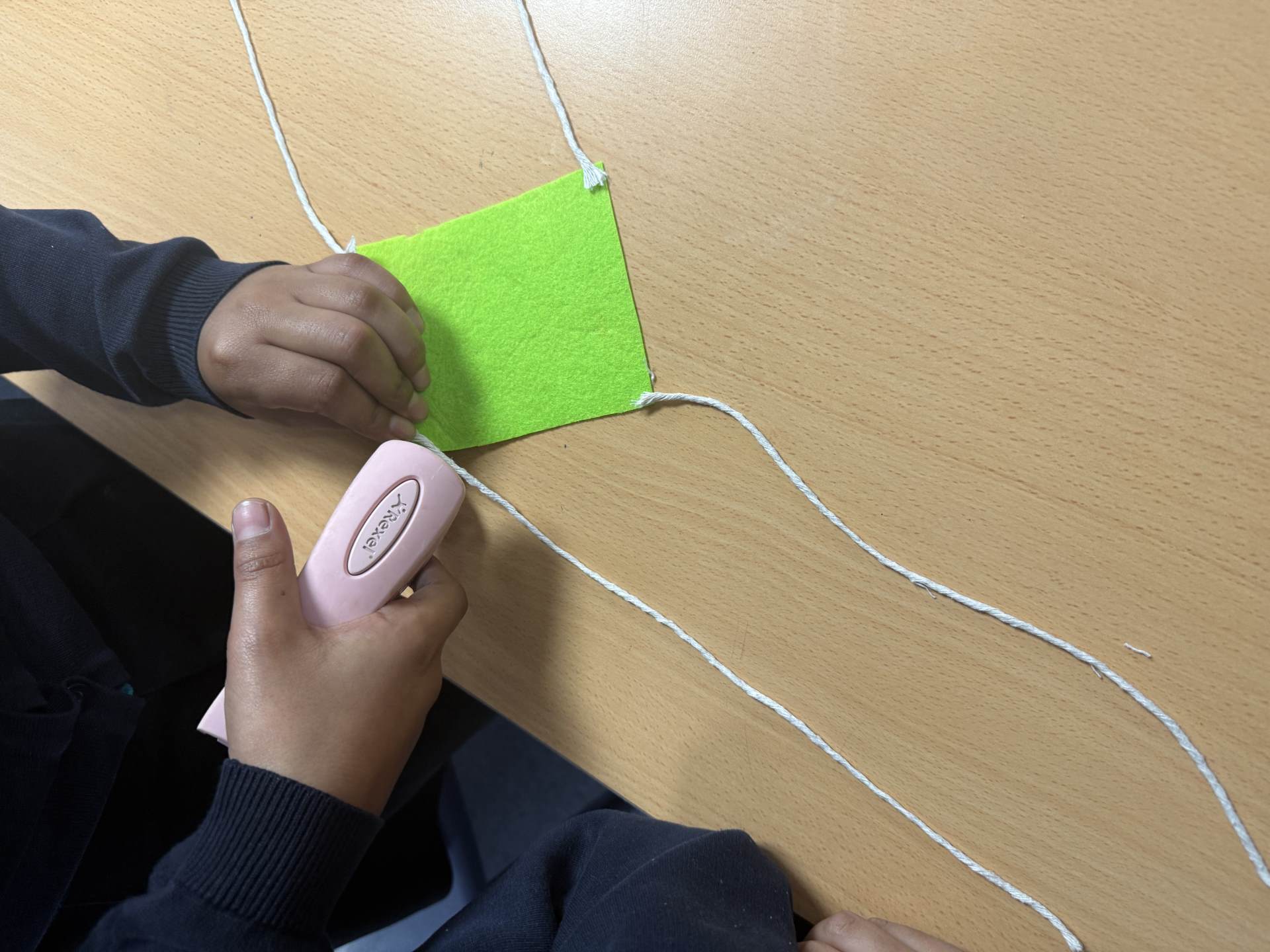
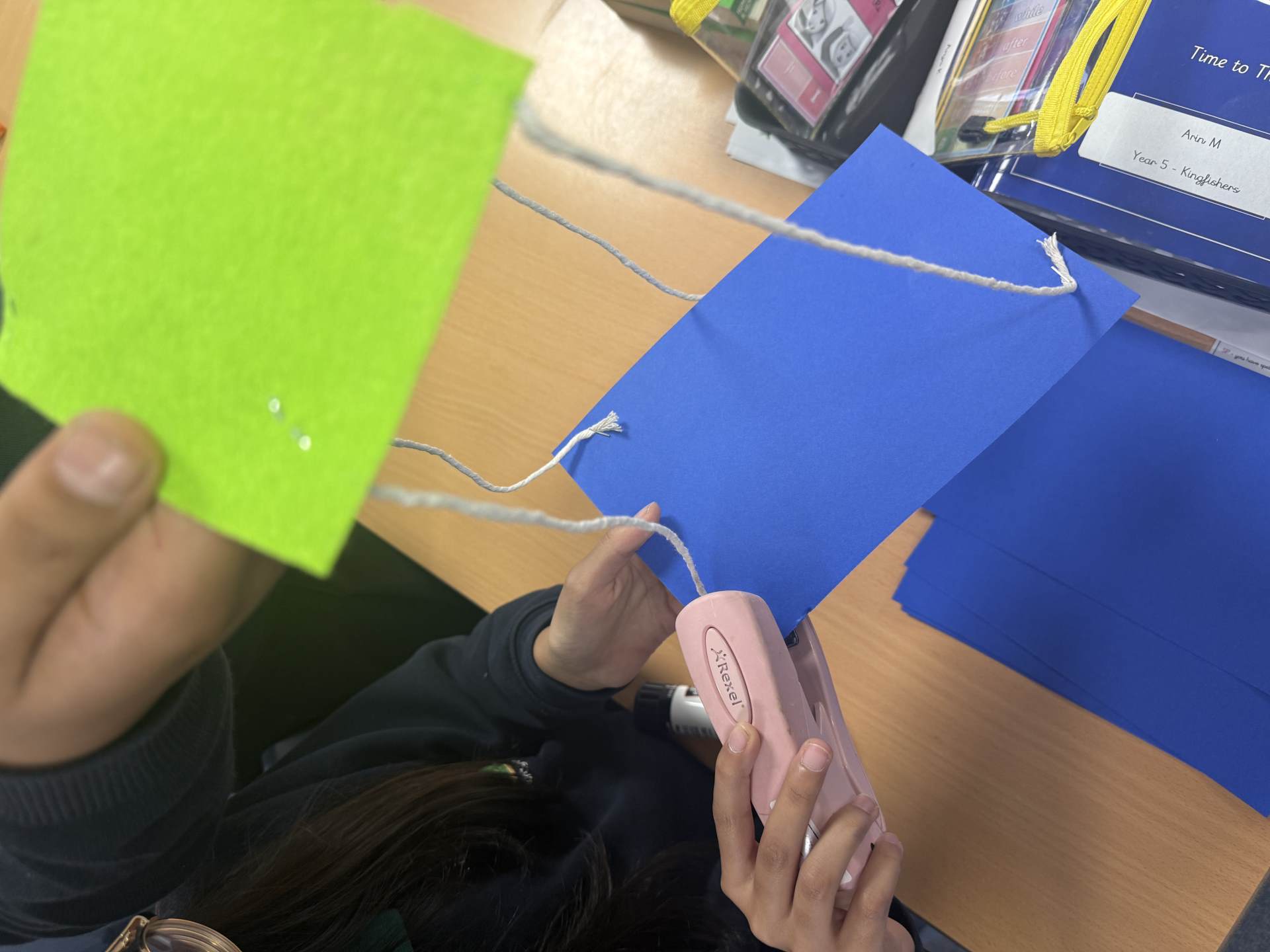
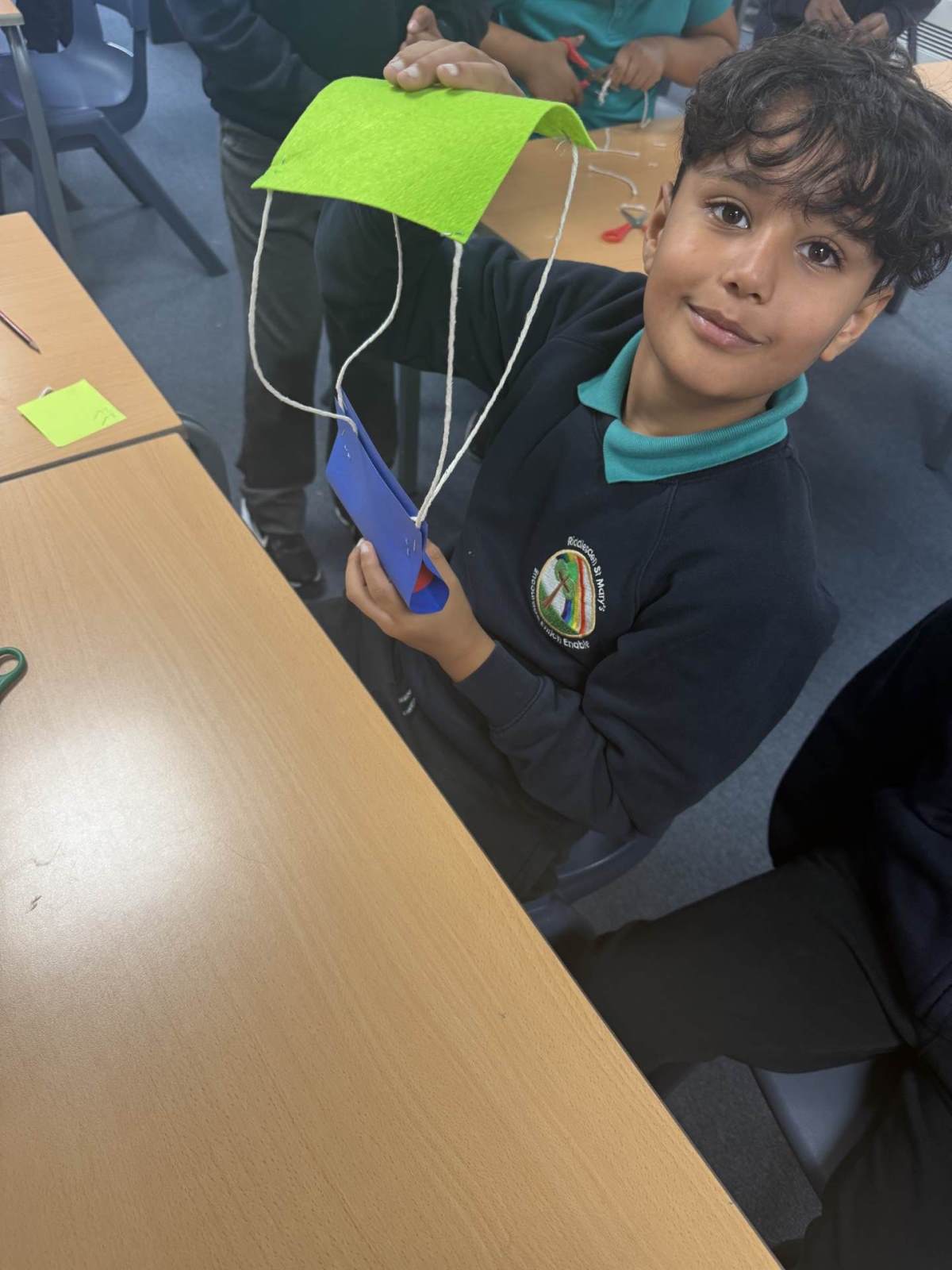
Which shape makes the most resistance when moving through water?
Working in small groups, we used plasticine to make all sorts of 2D and 3D shapes and dropped them into water to see which ones sank the fastest. We timed each shape and tried to make the quickest-sinking design. To keep it fair, we made sure to use the same amount of plasticine each time and dropped it from the same height. It was so much fun experimenting and discovering how shape can change what happens in water!
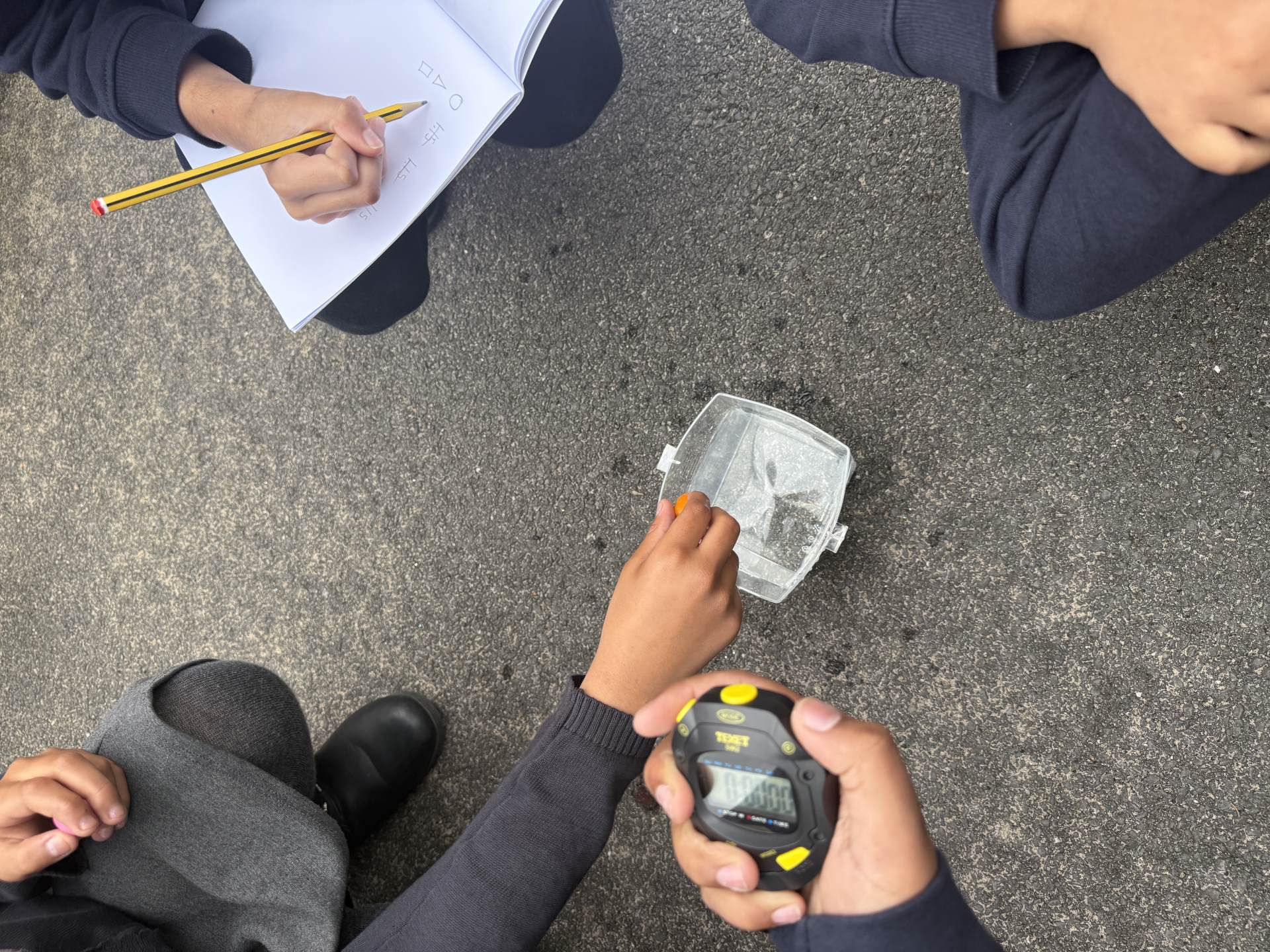
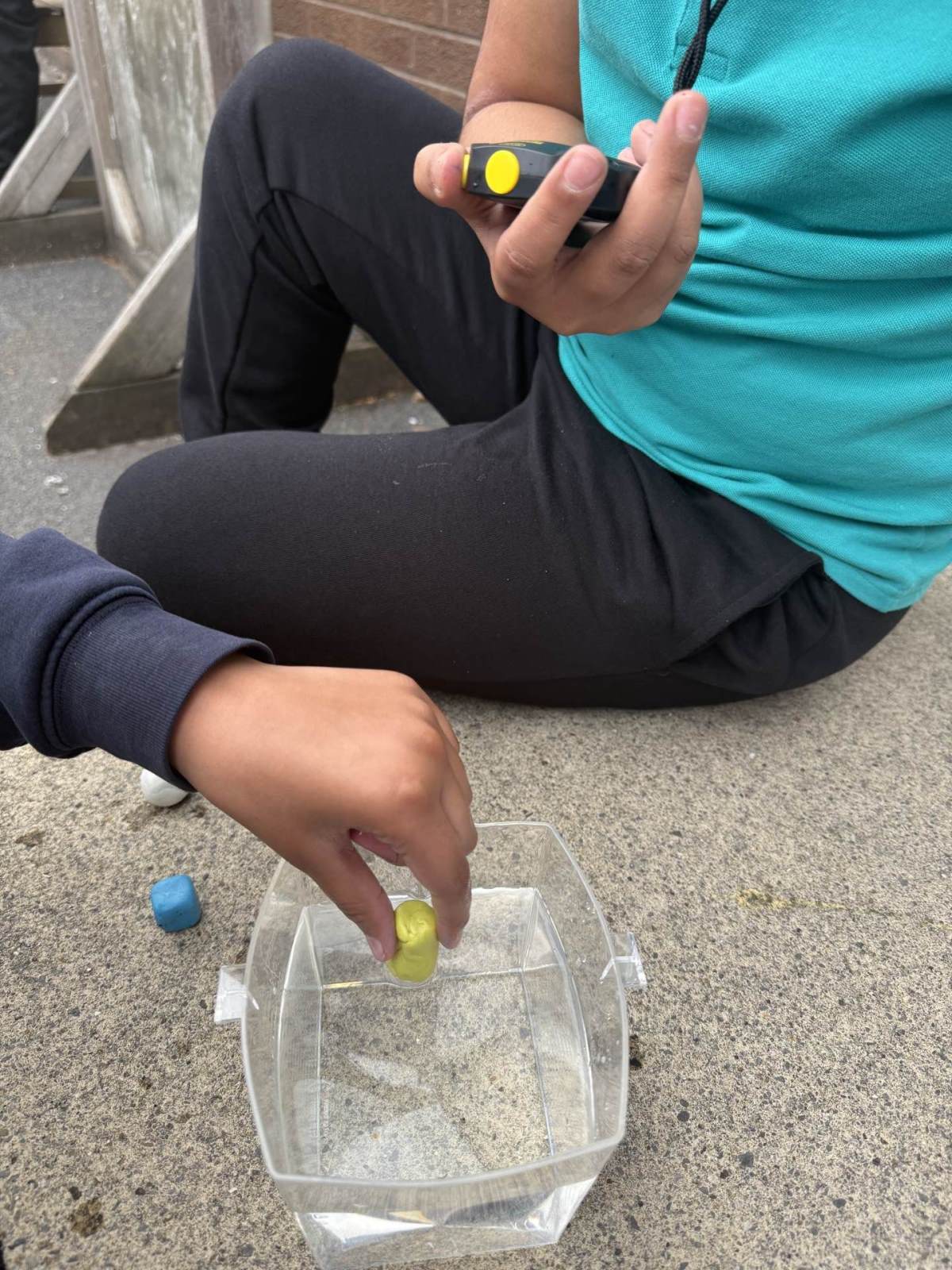
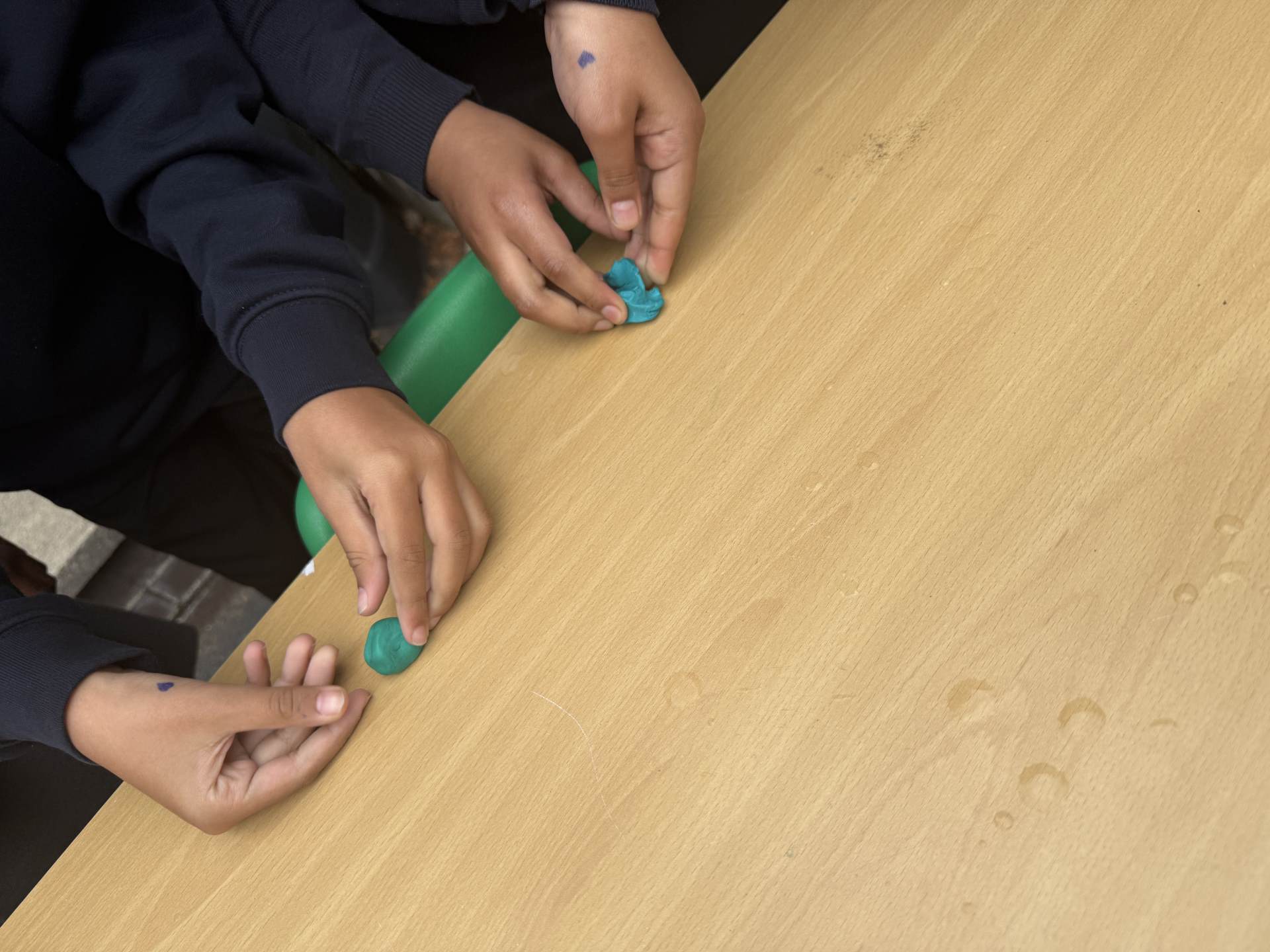
Which type of shoes make the most friction?
Today we worked in small groups and used a Newton metre to measure the friction on different shoes. We learned that the higher the reading on the Newton metre, the more friction there is acting on the shoe. We also talked about how to make our test fair and followed a clear method. After that, we recorded our results in a table for 4–5 different shoes.
0 front cover and knowledge organiser.pdf
Topic
This half term we will be using maps and atlases to locate countries and famous buildings from the around the world.
RE
I wonder why some people believe in God and some people not?
Values
Our value for this half term is Respect.
Our famous influential person is...
Picture News
Each week, we take part in Picture News, where we explore current events from around the world. We think about a big question linked to the news story, share our opinions, and take part in class debates. This helps us learn to listen to others, explain our ideas, and understand different points of view
01.09.2025: Awe and wonder
Story: In a recent survey, 600 parents and 400 children, aged six and seven, were asked to name the everyday things around them that they find incredible and awe-inspiring. The survey took place as part of the Specsavers campaign, 'Wonder' which hopes to raise awareness of the importance of eye health.
Question: What do you wonder about?
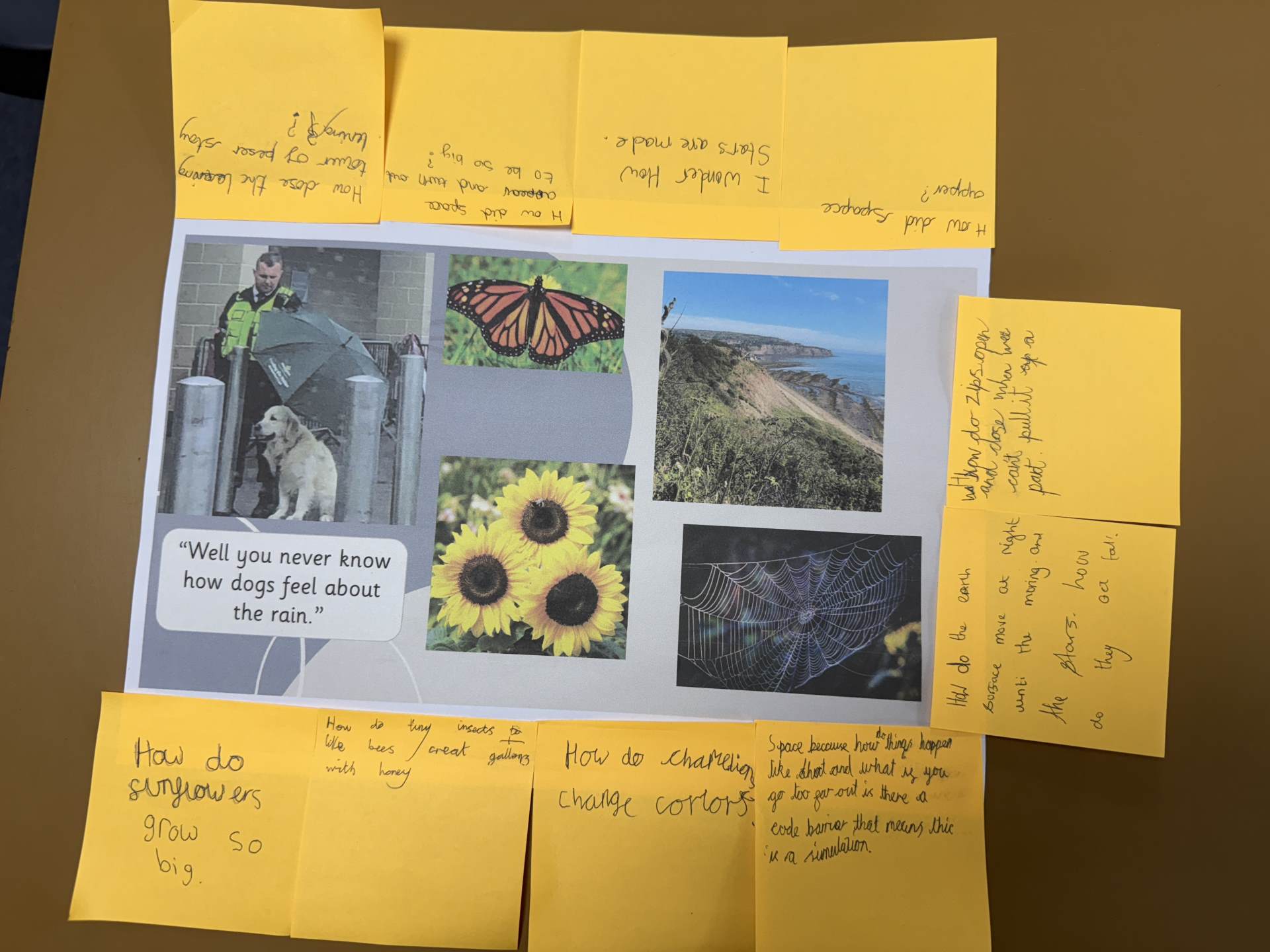 08.09.2025: What makes a building special?
08.09.2025: What makes a building special?
Story: A church in Kiruna (Sweden) has been carefully moved to a new location due to the ground being unstable. The church, built in 1912, was slowly transported on special trailers. The process was watched by thousands of people.
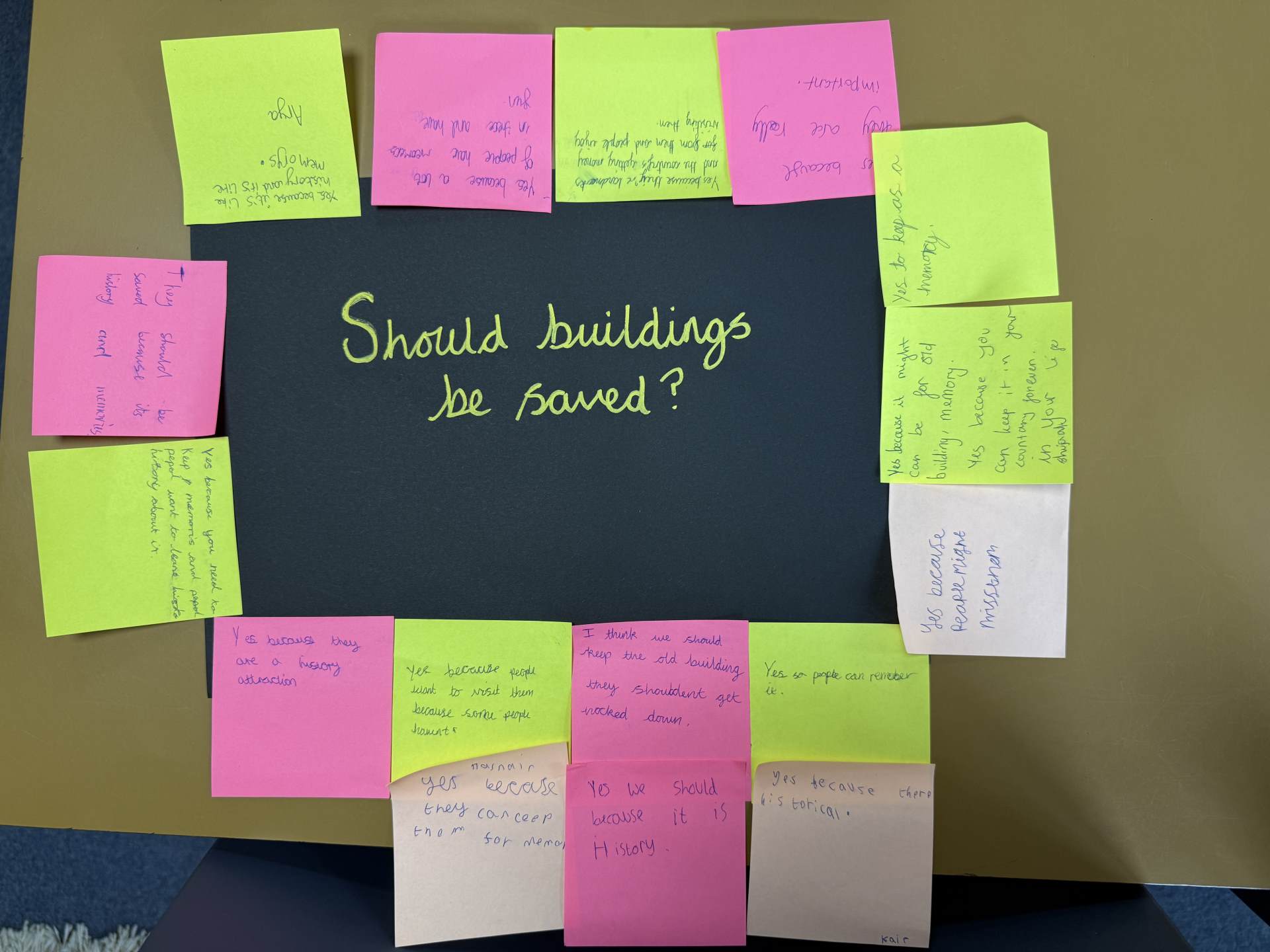
15.09.2025: Why do we vote?
Story: Schools in the UK will soon need to give more lessons on democracy, how voting works, and how the country is run. This is because the voting age for the general election is being lowered to 16. Many agree that young people need to make informed decisions.
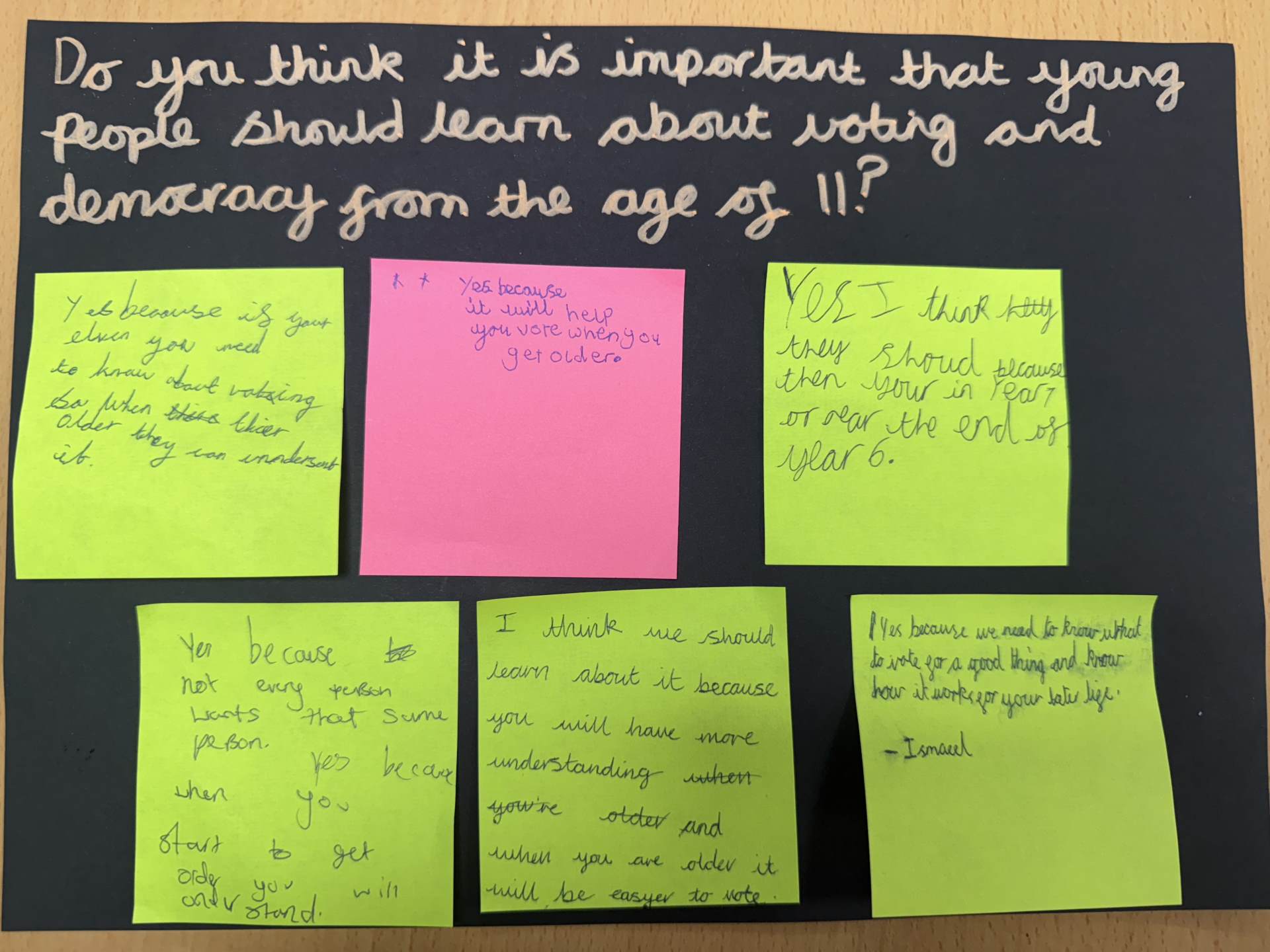
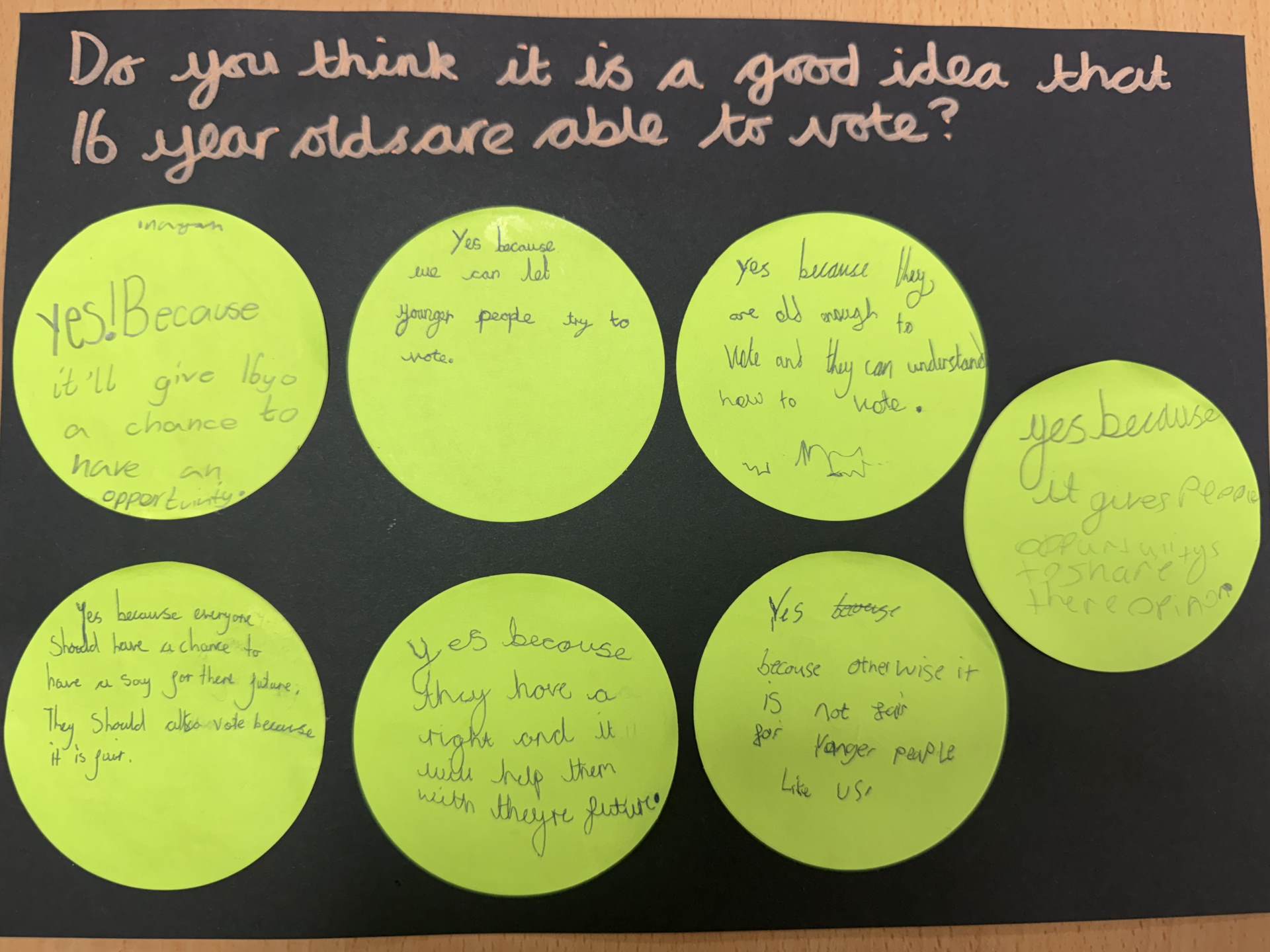
22.09.2025: Can anyone break a record if they try hard enough?
Story: The Guinness World Records book is celebrating it’s 70th anniversary, The book was first published in 1955 and is now sold in over 100 countries. Each year, it collects unusual and amazing records, from the fastest runners to the tallest buildings and silliest challenges To mark its birthday, they have shared some records that no one has tried year and is encouraging people to have a go.
